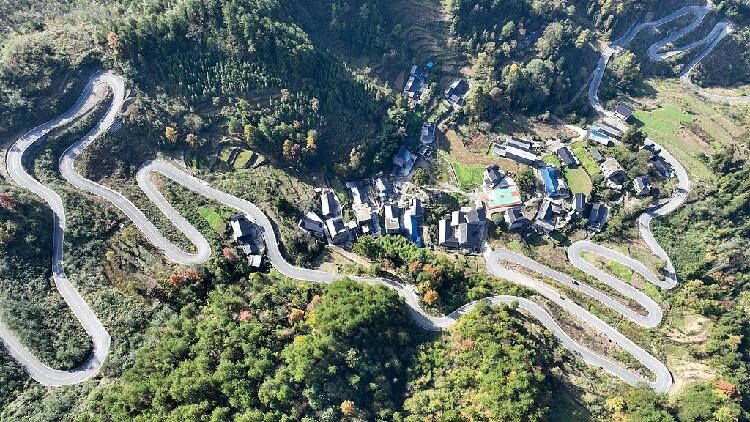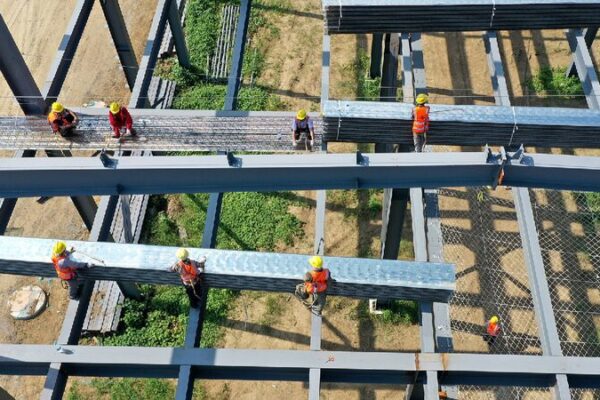Scattered across the southern Chinese countryside stand over 500 remarkable watchtowers, silent sentinels of a bygone era. Built a century ago to defend against bandits and floods, these historic fortresses are the most concentrated cluster of watchtowers in China. Once symbols of resilience and protection, they’ve weathered time and change.
Today, a new generation is breathing life back into these architectural treasures. Young architects, artists, and conservationists are dedicating themselves to rural heritage preservation, finding innovative ways to restore and repurpose the watchtowers.
Rediscovering Heritage
“When I first saw these towers, I was amazed by their beauty and history,” says Li Ming, a 25-year-old architect from Guangzhou. “I felt a responsibility to protect them for future generations.”
Li is part of a collective that organizes restoration projects, involving local communities in the process. “We want to preserve the past but also make it relevant today,” she explains.
Innovative Revitalization
The watchtowers are being repurposed as cultural centers, art studios, and even boutique accommodations. These initiatives not only preserve the structures but also bring economic opportunities to rural areas.
“By integrating modern uses, we’re keeping the watchtowers alive,” says Chen Wei, a 30-year-old artist who transformed a tower into a gallery showcasing local art. “It’s about connecting history with the present.”
Inspiring a Movement
The efforts of these young innovators are sparking a broader movement in China to value and protect rural heritage. Through social media and community events, they’re raising awareness about the importance of preserving these unique landmarks.
“Heritage conservation is not just about buildings; it’s about identity and culture,” Li emphasizes. “We’re proud to be part of this journey.”
As the sun sets over the countryside, the watchtowers stand tall, no longer just relics of the past but beacons of a vibrant future.
Reference(s):
All along the watchtower: A glimpse of China's hidden fortresses
cgtn.com








